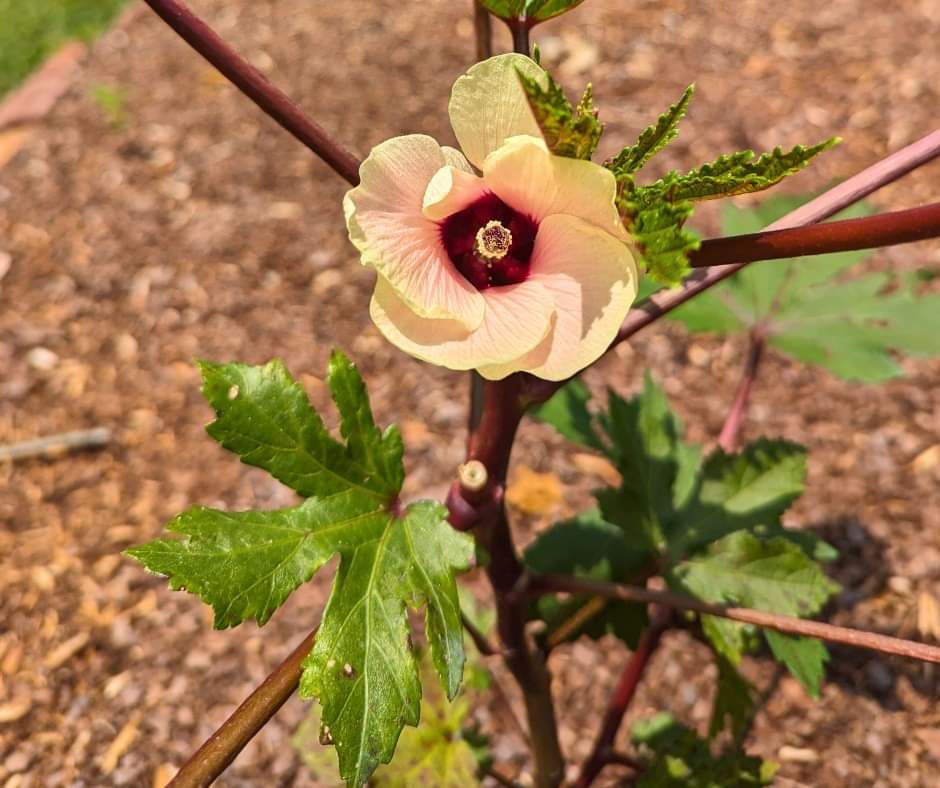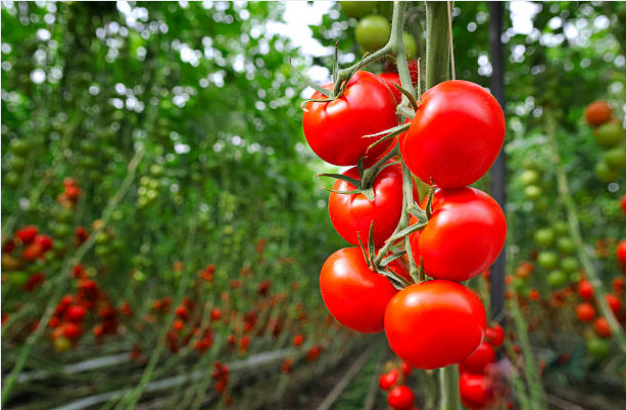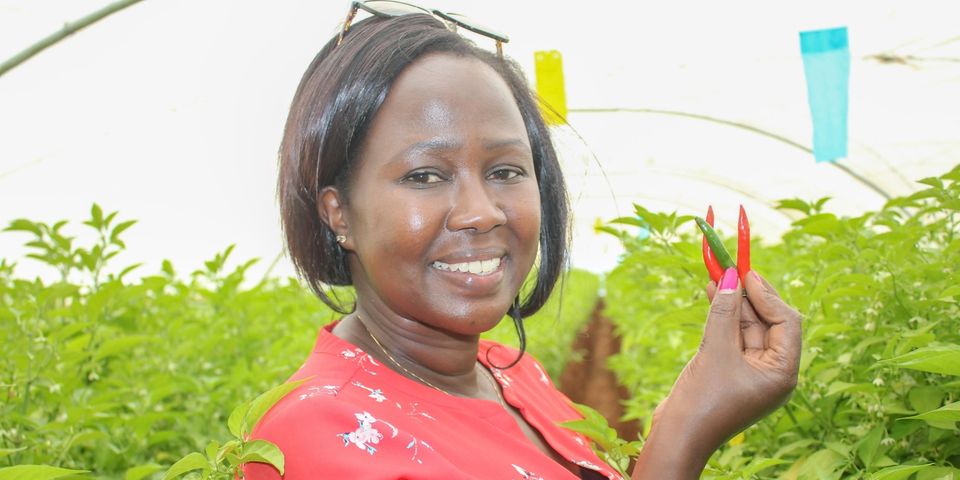There are more than 300 species of Hibiscus grown around the world. Hibiscus sabdariffa.L otherwise known as Roselle is a brightly colored, drought tolerant, hibiscus variety grown in Kenya that requires minimal attention and input application. Hibiscus has a large market in Asian markets especially Japan since there is a growing health awareness and global investment in natural herbal products that lack caffeine. Locally, hibiscus is grown in Kirinyaga and other few areas and marketed to companies for blending hibiscus tea and wines. Malaysia is the global leader in Hibiscus production.
Value addition can be done on the whole hibiscus plant. The calyx, the outer layers covering the seeds can be dried, ground and used in the production of juices, herbal teas, wine, pudding and pies. The stems can be used for the production of fiber used in the manufacture of jute bags, while oil from the seeds is used in cosmetics, soap and also as seed cake for animal feed.
Hibiscus does well in deep well-drained soils across the spectrum with a pH between 4.5 and 8.0. A soil test is recommended before planting to ascertain the nutritional content in the soil. The plant does well in altitudes above 900 meters above sea level which means it can do well in most areas in Kenya apart from the coastal region. Hibiscus requires approximately 400 to 500 mm of annual rainfall for optimal production and temperatures of between 18 to 35 degrees delicious.
Recommended plant spacing is between 80-100 cm between lines and 45-60 cm between plants. For an increased survival rate it is recommended that you plant seedlings that are 4 weeks to 8 weeks old. It can either be planted outdoors or indoors provided the plant gets a minimum of six hours of sunshine exposure. The hibiscus plant is well anchored and can tolerate floods and strong winds. Moderate rainfall is required for the first few months. However, heavy rainfall especially during blooming reduces the quality of the calyx. Stem and root rot are the major diseases that affect the hibiscus plant. These can be managed by ensuring there is no flooding and ensuring the water moisture is at the recommended ranges. It is affected by minor insect damage.
Hibiscus plant matures four to six months after planting. The calyx used in beverage preparation is best harvested 20 days after flowering before the fruit has dried and opened up. Harvesting should be done early to increase production. The calyx is separated from the separated by hand from the seed pod and air dried under a shade to maintain nutrient quality. Leaves can be harvested as needed. If harvesting for fiber production, cut the stem just before flowering approximately four to five months after planting.
A single plant can yield 1-1.5 kg of calyces depending on crop management and soil condition. This translates to approximately 800-1200 kg of dried calyces when dried to a moisture content of 12%. Purchase hibiscus seedlings from oxfarm organic at KES 150




